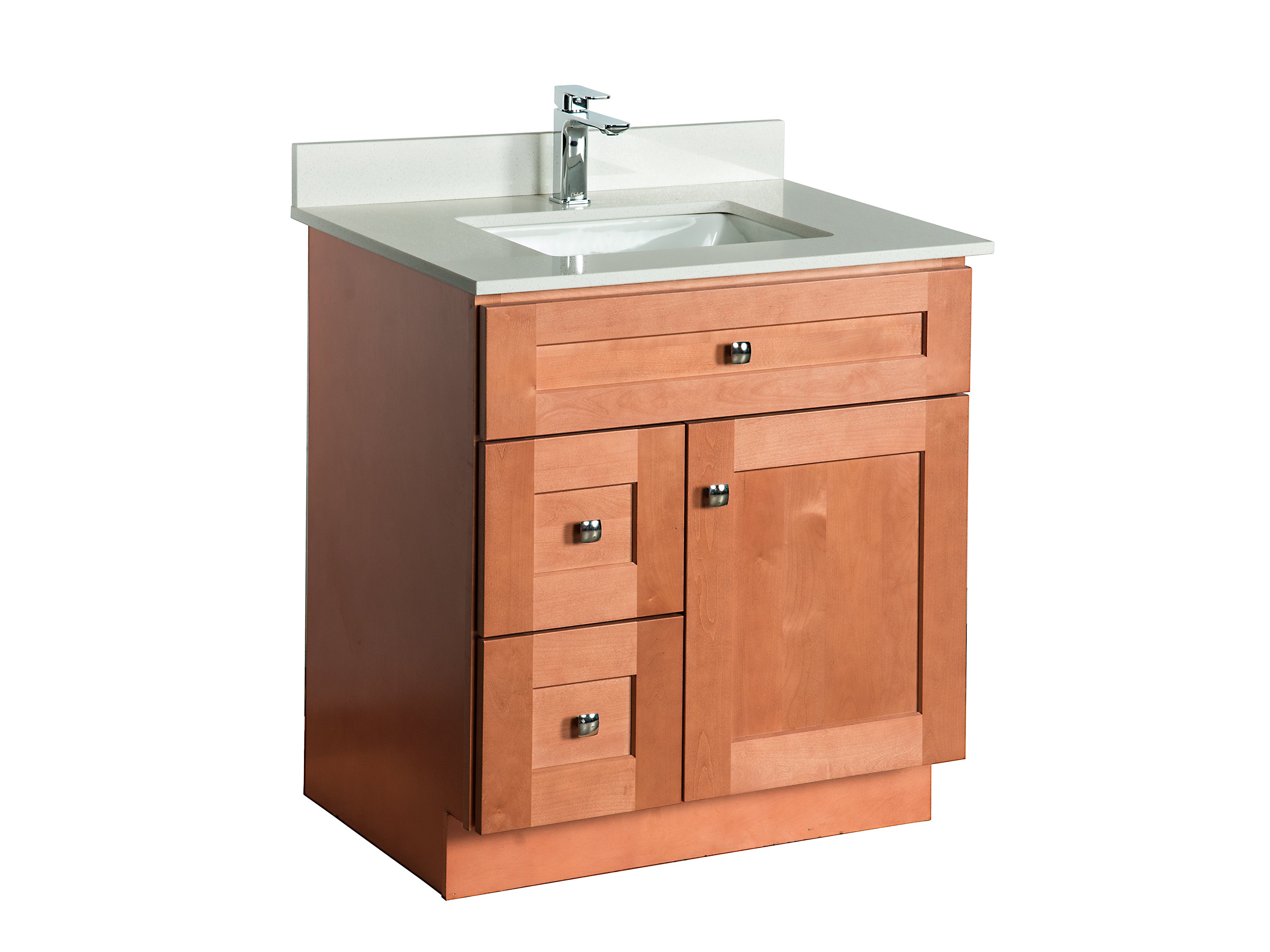Installation and Maintenance: 30 Inch Vanity Cabinet Only

Installing a 30-inch vanity cabinet can be a DIY project, but it’s essential to follow the right steps and have the necessary tools. This section provides a step-by-step guide, discusses the tools and equipment required, and offers tips on maintaining and cleaning the vanity cabinet to ensure its longevity.
Installation, 30 inch vanity cabinet only
Before you begin installing your vanity cabinet, make sure you have all the necessary tools and equipment. These include a level, tape measure, pencil, drill, screwdriver, and a saw. You may also need a stud finder, depending on the type of wall you are installing the vanity on.
- Prepare the Area: Clear the area around the installation site and remove any obstacles. Turn off the water supply to the sink. If you are installing a new sink, make sure it is compatible with the vanity.
- Mark the Installation Site: Use a level and tape measure to mark the desired location for the vanity cabinet on the wall. Ensure the vanity is level and centered.
- Install the Vanity Cabinet: Attach the vanity cabinet to the wall using the appropriate mounting hardware. Make sure the cabinet is securely fastened to the wall.
- Install the Sink: If you are installing a new sink, attach it to the vanity cabinet. Make sure the sink is properly sealed and drains correctly.
- Connect the Plumbing: Connect the water supply lines to the sink and the drain line to the drain pipe. Make sure all connections are secure and leak-free.
- Install the Faucet: Install the faucet on the sink and connect the water supply lines. Make sure the faucet is properly installed and functioning correctly.
- Test the Installation: Turn on the water supply and check for any leaks. Make sure the sink drains properly and the faucet works correctly.
Maintenance and Cleaning
To keep your vanity cabinet looking its best and functioning properly, it’s important to follow these maintenance and cleaning tips.
- Clean Regularly: Clean the vanity cabinet regularly with a damp cloth and mild detergent. Avoid using harsh chemicals or abrasive cleaners, as these can damage the finish. For stubborn stains, you can use a non-abrasive cleaner designed for bathroom surfaces.
- Keep It Dry: After cleaning the vanity cabinet, dry it thoroughly with a soft cloth. This will help prevent water damage and mildew growth.
- Check for Leaks: Regularly check for leaks around the sink, faucet, and drain. If you find any leaks, repair them promptly to prevent water damage.
- Inspect the Faucet: Regularly inspect the faucet for any signs of wear or damage. If the faucet is leaking or not working properly, have it repaired or replaced.
- Lubricate the Drawers and Doors: If the drawers and doors of the vanity cabinet are sticking or making noise, lubricate the hinges and slides with a light oil or silicone spray.
- Avoid Overloading: Avoid overloading the drawers and shelves of the vanity cabinet. This can put stress on the cabinet and cause it to sag or break.
30 inch vanity cabinet only – A 30 inch vanity cabinet is perfect for smaller bathrooms, but if you’re looking for something more robust, maybe you should check out wood gun cabinet plans. They’re great for storing valuables and can be customized to fit your needs.
Of course, if you’re just looking for a stylish and functional vanity, a 30 inch cabinet is a great option.
Yo, need a 30-inch vanity cabinet? Perfect for a smaller bathroom or just to add some style. But hey, if you’re looking for something a little more *extra* for your living room, check out this solid wood liquor cabinet.
It’s like a mini bar for your home, perfect for hosting guests. But back to that vanity cabinet, it’s still a great option for a functional and stylish bathroom.
